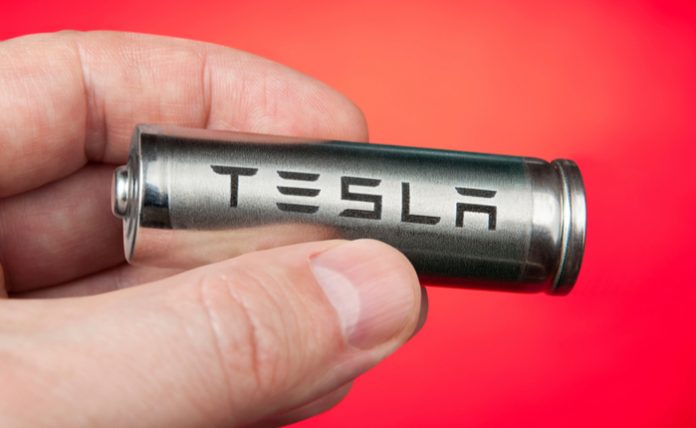New comments from Tesla leader Elon Musk indicate the company is making rapid progress on key battery metrics, including one that’s important for future transport applications – the lithium battery’s capability for rapid delivery of energy.
Musk indicated Tesla will probably have 50% more battery capacity within 3 to 4 years, up to a metric of 400 Wh/kg (watt-hours per kilogram) which he has marked as the critical mass for enabling electric airplanes.
For those wearing physics crib shirts, 400 Wh/kg translates to 3600 joules per kilogram.
The Panasonic batteries currently powering some Tesla models, for contrast, have a capacity of around 260 Wh/kg.
Documents explaining the science show that part of the innovation empowering this higher capacity is a process called silicon nanowire anode, where the design brings more surface area to the electrolyte. Silicon can hold 10 times more lithium than graphite, which is currently widely used, and that’s part of how these batteries become much more powerful.
Battery innovations like this are going to be critically important for multiple applications. Anyone who has watched Michael Moore’s “Planet of the Humans film,” which denigrates current efforts toward better lithium battery making, might benefit from a deeper dive into what’s possible with the types of batteries powering Tesla vehicles and how that could change the energy equation in the future…at least to give some modicum of hope for a greener tomorrow. In a way, some of these current stories are burying the lede, which is that we could have electric air travel within a few years. Combined with green electricity grids and carbon sequestration, we could see the world’s carbon output drop considerably, without the kinds of huge populations declines that would otherwise be necessary to keep the planet healthy while maintaining our current quality of life.
Keep an eye on Tesla as the stock has rocketed up past $2000 per share, tripling holders’ money within a short series of quarters.










